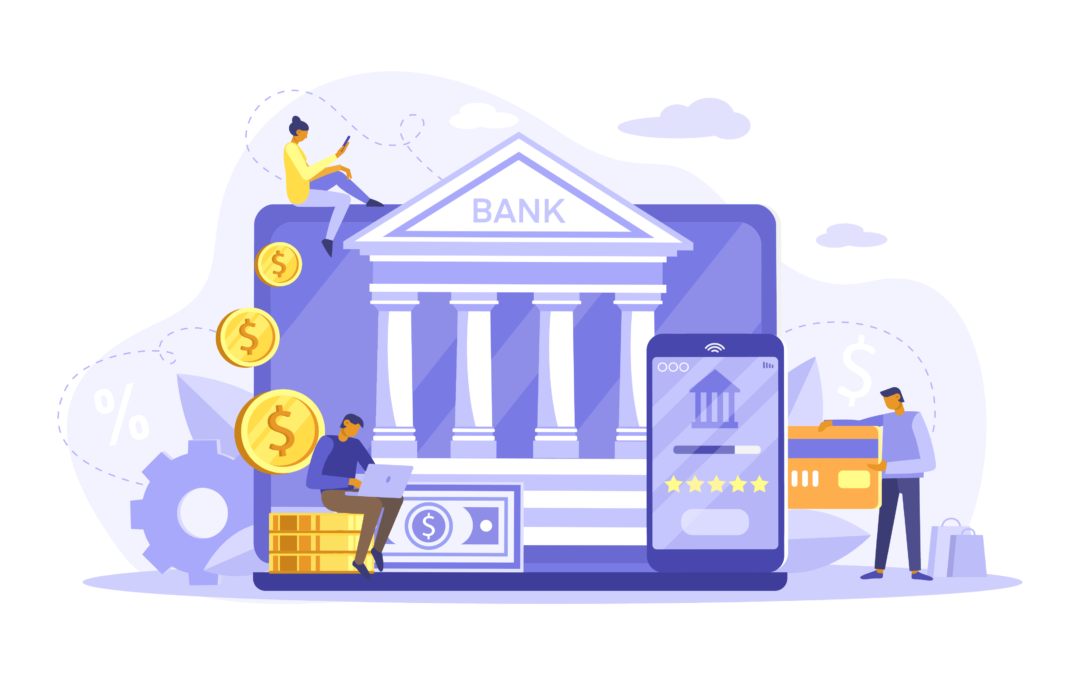Open banking is revolutionizing the financial sector by allowing banks and financial institutions to share customers’ financial data with authorized third parties. This shift from traditional banking practices unlocks innovative financial services and products, such as comparison tools and personal finance management apps, that were previously unimaginable.
Understanding Open Banking
At its core, open banking facilitates the exchange of data between banks, credit card providers, and various Data Requestors like fintech companies, retailers, and insurers. The challenge for many organizations is managing this connectivity, especially when data management is not traditionally seen as a core function.
Benefits of Open Banking
Open banking offers a range of advantages:
- Enhanced Customer Satisfaction: By decentralizing systems and enabling secure data sharing, customers enjoy a smoother experience when switching banks or selecting financial products.
- Informed Financial Decisions: Lenders gain detailed insights into consumer behaviour, allowing for better loan terms and financial products.
- Increased Competition: Open banking fosters competitive pricing and drives innovation, leading to better financial products and services.
- Comprehensive Financial Insights: Customers benefit from a holistic view of their finances, supported by customized tools for effective management.
Real-World Applications
Open banking is already making an impact across the globe:
-
- Peer-to-Peer Payments: India’s Unified Payments Interface (UPI) is a prime example, enabling third-party payments through a centralized API and capturing nearly 80% of digital payments by 2023 according to the report taken from times of India.
- Account Aggregation: Platforms like Plaid simplifies financial management by aggregating data from various accounts, making it easier for users to track and analyse their finances.
- Instant Payments: Innovations such as GoCardless’s Instant Bank Pay provide immediate payment confirmations for bank-to-bank transactions, eliminating the traditional 2-3 day waiting period.
The Road Ahead
As open banking continues to evolve, its impact on the financial sector is expected to grow. The increased connectivity, transparency, and innovation brought about by open banking promise to reshape the industry, making financial services more accessible, secure, and customer-centric.
In conclusion, open banking represents a significant leap forward in the financial world. By embracing this new paradigm, financial institutions, fintech companies, and consumers alike stand to benefit from a more interconnected and efficient financial ecosystem. As we move forward, the continued development and adoption of open banking technologies will undoubtedly drive further innovation and enhance the overall financial experience for everyone involved.
Here are the economic impacts of open banking:
- Increased Innovation:
- Lowers barriers for new financial service providers.
- Encourages the development of diverse and competitive financial products.
- Enhanced Competition:
- Drives competitive pricing and improved service quality.
- Forces traditional banks to innovate to retain customers.
- Improved Financial Inclusion:
- Expands access to financial services in underserved regions.
- Offers customized financial solutions for varied needs.
- Greater Economic Efficiency:
- Reduces transaction costs and processing times with faster payment systems.
- Lowers administrative costs through automation and integration.
- Data-Driven Insights:
- Enables better risk assessment and more accurate credit scoring.
- Provides businesses with insights into consumer behaviour for better marketing and product development.
- Evolving Economic Policies:
- Prompts updates in regulatory frameworks to address new challenges.
- Supports broader economic development through innovation and increased financial access.
Disclaimer: The content provided on this website is for informational and educational purposes only and does not constitute legal, financial, or investment advice. While we strive to ensure the accuracy and reliability of the content, the guidelines and regulations are subject to change by the RBI and other relevant authorities.

